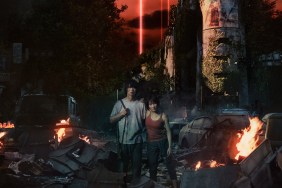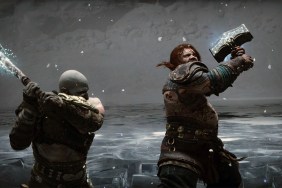My Fang strikes like Lightning in the Snow. Or something.
Oh, Final Fantasy, what a tumultuous mistress you are. You tease and and titillate new releases with your gorgeous visuals and promises of revolutionizing RPGs, but with every incarnation you both giveth and taketh away.
[image1]Final Fantasy XIII has a lot riding…
-
It's so pretty
-
Great plot and setting
-
Evenly well-developed characters
-
Combat gets more strategic and challenging
-
...but it's one-dimensional until later on
-
Extremely lengthy, mostly cut-scenes
-
Extremely linear until almost the end











